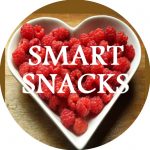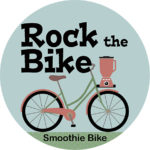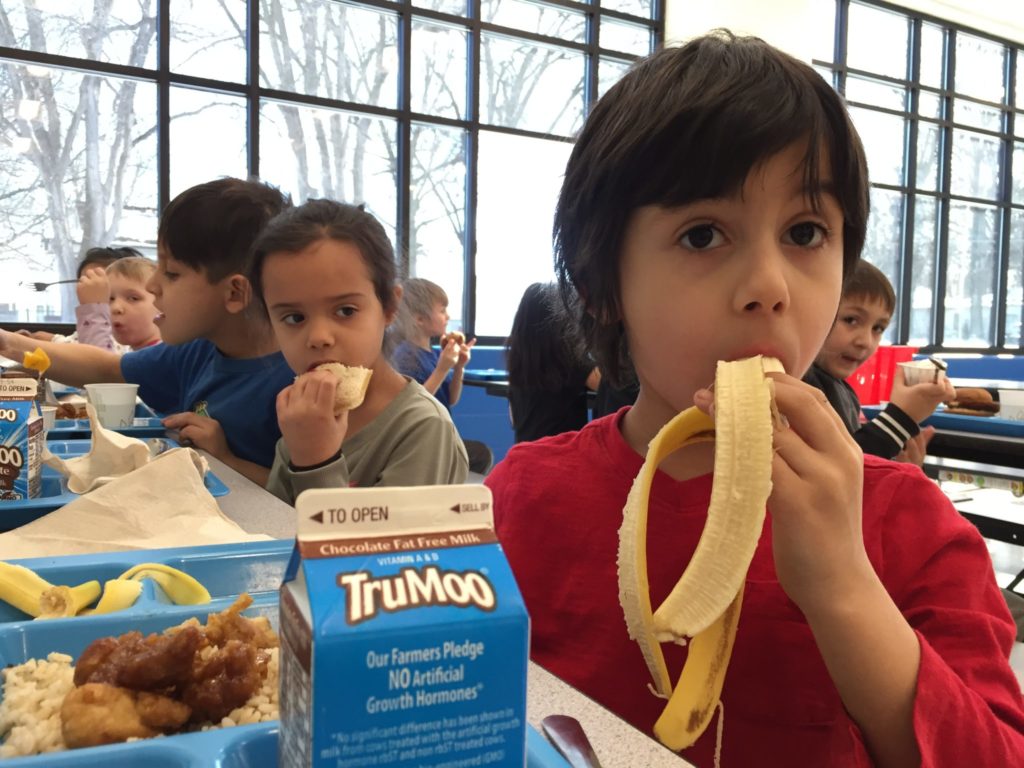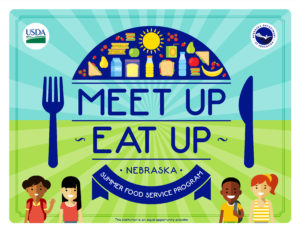School lunch is always comprised of 5 required “components” or food groups (milk, fruits, vegetables, grains and meat/meat alternates) which provide one-third or more of the recommended levels of key nutrients. To view the USDA meal pattern and nutrients chart click here. Everyone, regardless of age, likes to be given choices when it comes to eating. Students are allowed to pick and choose from a variety of healthy foods. Rather than automatically serving students a specific meal, students are allowed to select foods they intend to eat and decline items they do not want, which reduces food waste.
At the elementary level four entree choices are available each day along with two fruit choices, two vegetable choices, multiple grain options and three different types of milk. Secondary schools offer even more choices. Use our menu link to view the menus at your school.








